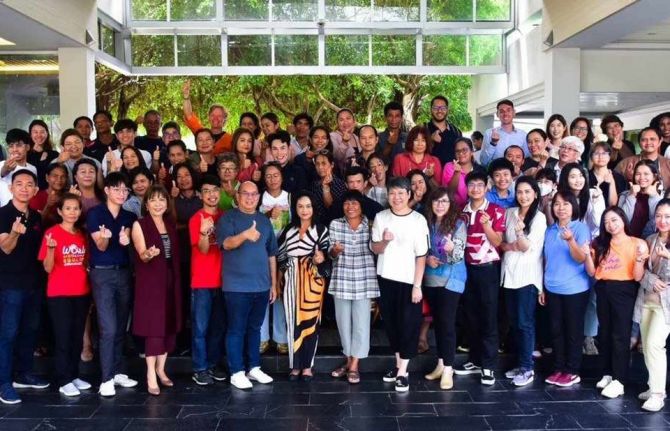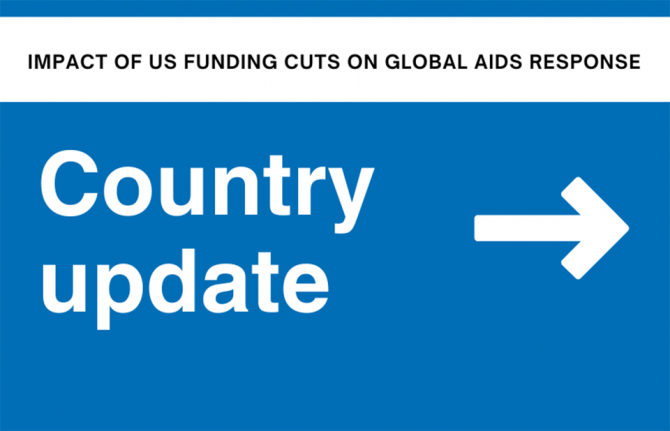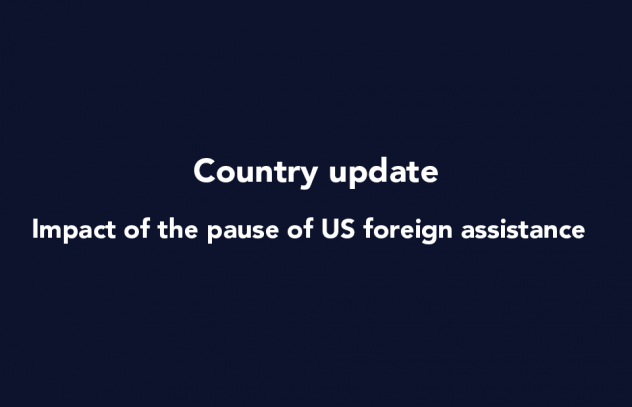
Feature Story
“HIV and Sex Work Collection”: Innovative responses to sex work and HIV in Asia and the Pacific
11 December 2012
11 December 2012 11 December 2012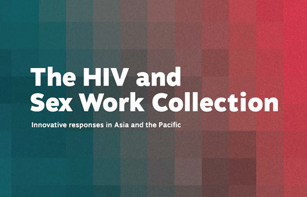
In Yangon, a young woman relaxes at a drop-in centre set up by the Targeted Outreach Programme, or TOP Myanmar, which has made remarkable progress in scaling up integrated sexual and reproductive health and HIV services for sex workers since it was launched in 2004. “If I feel frustrated, I come to this centre and rest or talk to friends or sing songs or watch movies. We can raise issues with our peers and get information on how to resolve problems” she says.
In India, the Veshya Anyay Mukti Parishad or VAMP Plus, facilitates access to HIV testing and treatment services through raising awareness, education and outreach. It has also created a community care and safety net that helps sex workers living with HIV to advocate, seek and receive treatment, care and support while addressing problems related to health and well-being including nutrition and shelter.
And in Bangladesh, Durjoy Nari Sangha is empowering its 3 500 registered female sex workers to demand their rights to equality, dignity, health and safety among. “The extent and severity of violence against sex workers does not result in public outcry; rather it is normalised,” says Durjoy Nari Sangha. “Often prevailing stigma against sex workers means they are not considered worthy of support and protection.” Their anti-violence initiative is changing this. Their efforts have led to a reduction of violence against sex workers and a greater understanding among sex workers about their rights.
New and emerging groups can get help from the network of organizations, sex workers can learn from other sex workers about everything from problem solving to proposal writing
Asia-Pacific Network of Sex Workers spokeswoman Tracey Tully
Sex workers have been severely affected by HIV in many parts of the world including Asia and the Pacific region. But they are also among the key populations at higher risk that have best responded to HIV prevention campaigns, undertaken advocacy strategies and engaged in peer to peer initiatives to respond to the epidemic.
TOP Myanmar, VAMP Plus and Durjoy Nari Sangha are among 11 organizations whose work has been featured in The HIV and Sex Work Collection – Innovative responses in Asia and the Pacific, a compelling collection of case studies jointly produced by UNFPA, UNAIDS and the Asia-Pacific Network of Sex Workers (APNSW).
The case studies provide details about how HIV and sex work programmes and advocacy have been undertaken, including insights from sex workers about what is effective and why. They illustrate how these efforts have empowered sex workers to assert their human rights, take control over their work environments and improve their health and social conditions.
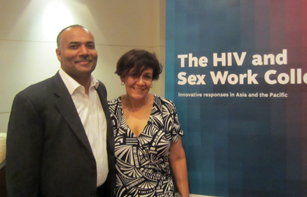
Pradeep Kakkattil, UNAIDS Deputy Regional Director for Asia and the Pacific and Tracey Tully spokeswoman for the Asia-Pacific Network of Sex Workers during the launch of the ‘HIV and Sex Work Collection’
Credit:UNAIDS
“There is a rich experience in Asia and the Pacific about what works in responding effectively to HIV in the context of sex work, yet there has been a dearth of documentation and analysis of this experience,” said Julia Cabassi, Regional Adviser, HIV & MARPs, UNFPA Asia and Pacific Regional Office. “‘The HIV and Sex Work Collection’ contributes to closing this gap.”
Pradeep Kakkattil, UNAIDS Deputy Regional Director for Asia and the Pacific said the Collection was an important resource in reaffirming commitments including reducing sexual transmission of HIV by 50 percent by 2015. “From a United Nations perspective, it’s great to have such a powerful tool to share,” said Mr Kakkattil. “It provides us with a framework and community-based credibility to take to policy makers. It is a great advocacy tool, a great planning tool, a great community tool for us,” he added.
APNSW spokeswoman Tracey Tully said the collection demonstrated the effectiveness of peer to peer engagement. “New and emerging groups can get help from the network of organizations, sex workers can learn from other sex workers about everything from problem solving to proposal writing,” she said.

